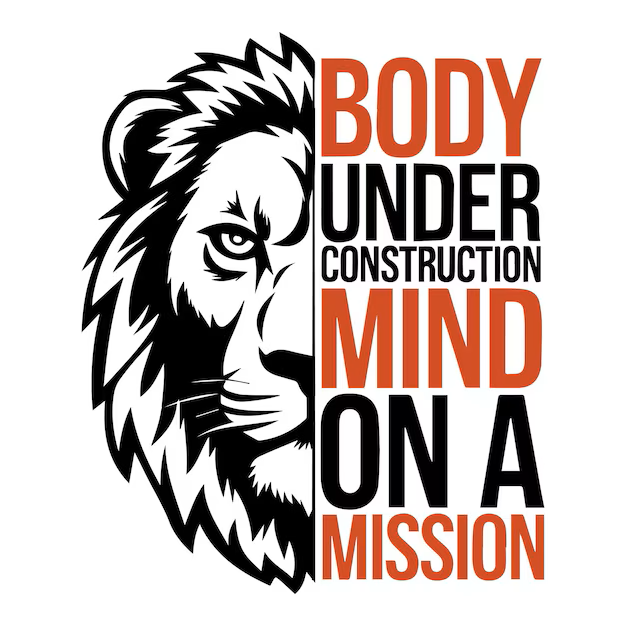The Power of Mindset How to Cultivate a Growth-Oriented Approach to Goal Setting
Our mindset shapes how we approach challenges, setbacks, and opportunities. When it comes to goal setting, the way we think about ourselves, and our potential can significantly influence our success. Adopting a growth mindset, the belief that abilities and intelligence can be developed through dedication and hard work—can propel you toward achieving your goals and lead to lasting personal development.
In this blog, we’ll explore the concept of a growth mindset, how it differs from a fixed mindset, and provide practical tips for cultivating this mindset to boost your goal setting, resilience, and overall fulfillment.
- What Is a Growth Mindset?
- How a Growth Mindset Impacts Goal Setting
- Embrace Challenges: With a growth mindset, you see challenges as opportunities to grow rather than obstacles to avoid. This mindset encourages you to take on more ambitious goals because you believe you can learn and adapt along the way.
- Perseverance and Resilience: Goal setting isn’t always a linear path. Setbacks and failures are part of the process. A growth mindset helps you see failures as learning experiences rather than signs of inadequacy. This resilience keeps you going even when things get tough.
- Continuous Improvement: A growth mindset emphasizes effort over innate ability. By focusing on continuous learning and improvement, you’ll develop the skills and strategies needed to reach your goals.
- Increased Motivation: When you believe that your abilities can improve, you’re more likely to stay motivated and push through difficult tasks. This motivation comes from the belief that your hard work will pay off in the end.
- Shifting from a Fixed Mindset to a Growth Mindset
- Challenge Your Inner Critic
- “I may not be good at this yet, but with practice, I’ll improve.”
- “Every challenge is an opportunity to learn and grow.”
- Focus on Effort, Not Results
- Embrace Feedback and Criticism
- View Failure as a Learning Experience
- What went wrong?
- What can I learn from this experience?
- What can I do next time?
- Surround Yourself with Growth-Minded Individuals
- Practical Strategies for Cultivating a Growth Mindset in Goal Setting
- Set Stretch Goals
- Break Goals into Learnable Steps
- Outline the chapters
- Write 500 words a day
- Edit and revise
- Celebrate Progress, Not Perfection
- Use Visualization Techniques
- The Benefits of a Growth Mindset for Long-Term Success
- You’ll become more adaptable to change and open to new opportunities.
- You’ll develop resilience and the ability to bounce back from setbacks.
- You’ll continuously evolve and reach new heights in your career and personal development.

